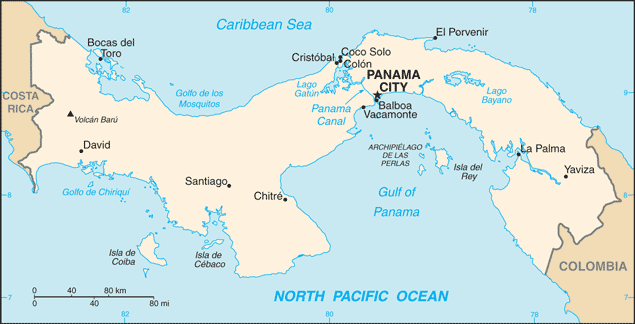Drug policy
Panama’s national drug authority is the National Commission for the Study and Prevention of Drug-related Crimes.
Panama has the 2012-2017 National Drug Strategy, which is approved by the members CONAPRED, and covers the areas of institutional strengthening, demand reduction, supply reduction, control measures and international cooperation.
Treatment and Recovery Services
Panama has a national system for comprehensive treatment and social integration programs and devices for people with problematic drug use, guaranteeing non-discrimination.
This system includes:
- the specialized programs and devices in early intervention (brief intervention, counseling)
- crisis intervention
- diverse treatment modalities
- dual pathology (co-morbidity)
These programs and devices take into account the UNODC and WHO International Standards for the Treatment of Drug Use Disorders.
The country has mechanisms to facilitate access and ensure the quality of treatment services for those with problematic drug use disorders through the MINSA.
Outpatient services are provided by the public health system, private institutions, nongovernmental organizations and religious institutions.
Panama has interinstitutional and multisectoral programs that promote the social integration of individuals affected by the drug problem.
The country subsidises trusts and foundations, associations and non-profit organizations dedicated to the development of social programs that help strengthen the family, the community and vulnerable population groups in the country.
Prevention Services
Panama has interinstitutional and multisectoral programs that promote the social integration of individuals affected by the drug problem.
Panama implements prevention programs in the following populations:
- School children and university students
- Street Population]Family
- Community
- Indigenous people
- Migrants and refugees
- Individuals in the workplace
- Incarcerated individuals
Regarding prevention programs, Panama has maintained wide coverage for vulnerable and at-risk populations through universal and selective prevention programs.

